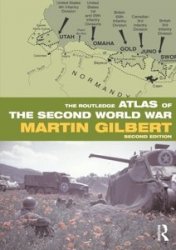During the 500s, at a time when Europe was descending into darkness and Arabia had not yet awakened, India had a thriving scientific community at the city of Uj-jain (u-JYN) in the central part of the subcontinent. Yet Aryabhata (ar-yah-BAH-tuh), one of India's greatest mathematicians, came from Pataliputra (pah-tuh-lee-POO-trah) in eastern India. The city, which had served as the capital of the Mauryan Empire centuries before, had long since fallen into ruins. Symbolic of its state of disrepair was the fact that Pataliputra was a center of superstition where priests taught that Earth was flat and that space was filled with invisible and demonic planet-like forms. The persistence of these ideas made the achievements of Aryabhata all the more impressive.
As was typical of Hindu scientists, Aryabhata considered mathematics of secondary importance to astronomy, and most of his achievements in math were in service to his study of the planets. His greatest work, the Aryabhatiya, brought together teachings from ancient Greek and Indian astronomers, and contained a number of cutting-edge ideas: for instance, Aryabhata suggested that the reason why the stars and planets seem to move around Earth is that Earth is in fact rotating on its axis, and moving around the Sun. It would be nearly a thousand years before a Western astronomer, Nicolaus Copernicus, recognized the same fact.
Among Aryabhata's mathematical achievements were great advances in trigonometry (the study of triangles and their properties), as well as the principle of inversion. The latter involves starting with a solution and working backward, developing the steps whereby one reached that solution. Perhaps most notable was Aryabhata's use of two vital concepts, the numeral zero and the idea of number position, or decimal place-value (i. e., tens, hundreds, thousands, etc.). These would have enormous impact as they moved westward. Finally, Aryabhata calculated the most accurate number for pi—a figure equal to approximately 3.14, used for finding the area of a circle—up to that point in history.




 World History
World History









